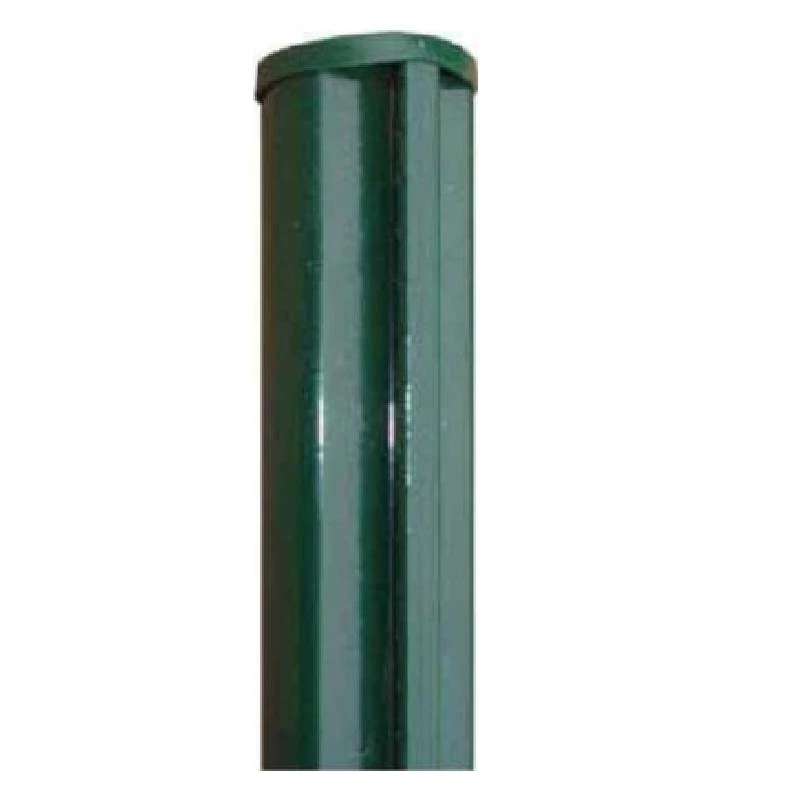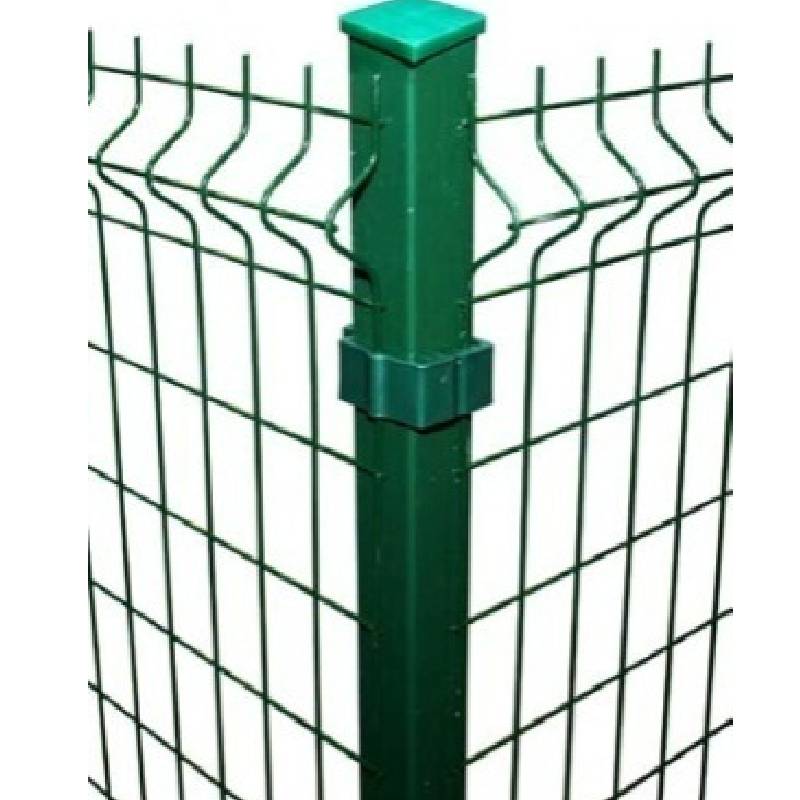-
Inscriptio:zhao@hyliec.cn
-
Tel:+86 311 85273988
-
WhatsAPP:8613931128750
-
 African
African -
 Albanian
Albanian -
 Aethiopica
Aethiopica -
 Arabice
Arabice -
 Armenian
Armenian -
 Azerbaijani
Azerbaijani -
 Basque
Basque -
 Belarusian
Belarusian -
 Bengalica
Bengalica -
 Bosnian
Bosnian -
 Bulgarica
Bulgarica -
 Catalan
Catalan -
 Cebuano
Cebuano -
 Corsica
Corsica -
 Croatian
Croatian -
 Czech
Czech -
 Danica
Danica -
 Batavica
Batavica -
 Anglicus
Anglicus -
 Esperanto
Esperanto -
 Estonian
Estonian -
 Finnicum
Finnicum -
 Gallica
Gallica -
 Frisian
Frisian -
 Gallician
Gallician -
 Georgian
Georgian -
 German
German -
 Graeca
Graeca -
 Gujarati
Gujarati -
 Haitian Creole
Haitian Creole -
 hausa
hausa -
 hawaiian
hawaiian -
 hebraice
hebraice -
 non
non -
 Miao
Miao -
 Hungarica
Hungarica -
 Islandic
Islandic -
 igbo
igbo -
 Indonesiaca
Indonesiaca -
 hibernica
hibernica -
 Italian
Italian -
 Iaponica
Iaponica -
 Javanese
Javanese -
 Kannada
Kannada -
 kazakh
kazakh -
 Khmer
Khmer -
 Rwandan
Rwandan -
 Coreanica
Coreanica -
 Kurdish
Kurdish -
 Kyrgyz
Kyrgyz -
 TB
TB -
 Latinus
Latinus -
 Latvian
Latvian -
 Lithuanian
Lithuanian -
 Luxemburgish
Luxemburgish -
 macedonicum
macedonicum -
 Malgashi
Malgashi -
 Malay
Malay -
 Malayalam
Malayalam -
 Melitensis
Melitensis -
 Maori
Maori -
 Marathi
Marathi -
 Mongolica
Mongolica -
 Myanmar
Myanmar -
 Nepalica
Nepalica -
 Norvegica
Norvegica -
 Norvegica
Norvegica -
 Occitan
Occitan -
 Pashto
Pashto -
 Persae
Persae -
 Polonica
Polonica -
 Portuguese
Portuguese -
 Punjabi
Punjabi -
 Romanian
Romanian -
 Russian
Russian -
 Samoanice
Samoanice -
 Scotica Gaelic
Scotica Gaelic -
 Serbian
Serbian -
 Anglicus
Anglicus -
 Shona
Shona -
 Sindhi
Sindhi -
 Sinhala
Sinhala -
 Moravica
Moravica -
 Slovenian
Slovenian -
 Somali
Somali -
 hispanice
hispanice -
 Sundanese
Sundanese -
 Swahili
Swahili -
 Swedish
Swedish -
 Tagalog
Tagalog -
 Tajik
Tajik -
 Tamil
Tamil -
 Tatar
Tatar -
 Telugu
Telugu -
 Thai
Thai -
 Turcicum
Turcicum -
 Turci
Turci -
 Ucraina
Ucraina -
 Urdu
Urdu -
 Uighur
Uighur -
 Uzbek
Uzbek -
 Vietnamica
Vietnamica -
 Cambrica
Cambrica -
 Auxilium
Auxilium -
 Yiddish
Yiddish -
 Ioruba
Ioruba -
 Zulu
Zulu
Dimicatio Post
What Type Of Fence Post Is Best?
The best type of fence post depends on various factors such as the type of fence, local climate, soil conditions, and personal preferences. Common options for fence posts include:
1. Round steel posts: Round steel posts are a traditional and versatile choice, suitable for various fence types. They can be treated to resist rot and decay, but may require maintenance over time.
2. Square steel posts and rabbet posts offer durability and strength, making them suitable for supporting heavy or high-security fences. They are resistant to rot and insect damage.
3. Steel round posts/ square posts/ rabbet with base plate: They are suitable to install on the concrete ground, and fixed by concrete nails.
What Size Is A Fence Post?
Fence posts come in various sizes, typically having Φ32 Φ34 Φ38 Φ48 Φ60 Φ80 for round steel posts and 40x40 60x60 40x60 60x60 80x80 100x100 etc for square tube posts in dimension. The specific size of a fence post depends on the type of fence being installed, the height and weight of the fence panels, and the local building codes or regulations. It's important to select the appropriate size of fence post to ensure stability and structural integrity for the specific fencing project. Consulting with a professional or referring to local building codes can provide guidance on the recommended size of fence posts for a particular application.
Fence Post FAQ:
What type of fence post is best?
The best type of fence post depends on various factors such as the type of fence, local climate, soil conditions, and personal preferences. Common options for fence posts include round steel posts, square steel posts and rabbet steel posts, posts with base plate or without base plate. Each type has its own advantages and considerations, so it's important to choose the most suitable option based on the specific requirements of the fence project.
What size is a fence post?
Fence posts come in various sizes, typically typically having Φ32 Φ34 Φ38 Φ48 Φ60 Φ80 for round steel posts and 40x40 60x60 40x60 60x60 80x80 100x100 etc for square tube posts in dimension. The specific size of a fence post depends on the type of fence being installed, the height and weight of the fence panels, and local building codes or regulations. It's important to select the appropriate size of fence post to ensure stability and structural integrity for the specific fencing project.
How to install a panel fence?
Paneling a fence involves several steps, including measuring and planning, installing the posts, attaching the panels, adding finishing touches, and performing regular maintenance. It's important to follow the manufacturer's instructions and local building codes when paneling a fence to ensure proper installation and compliance with regulations. If in doubt, it's advisable to consult with a professional or seek guidance from experienced individuals.






